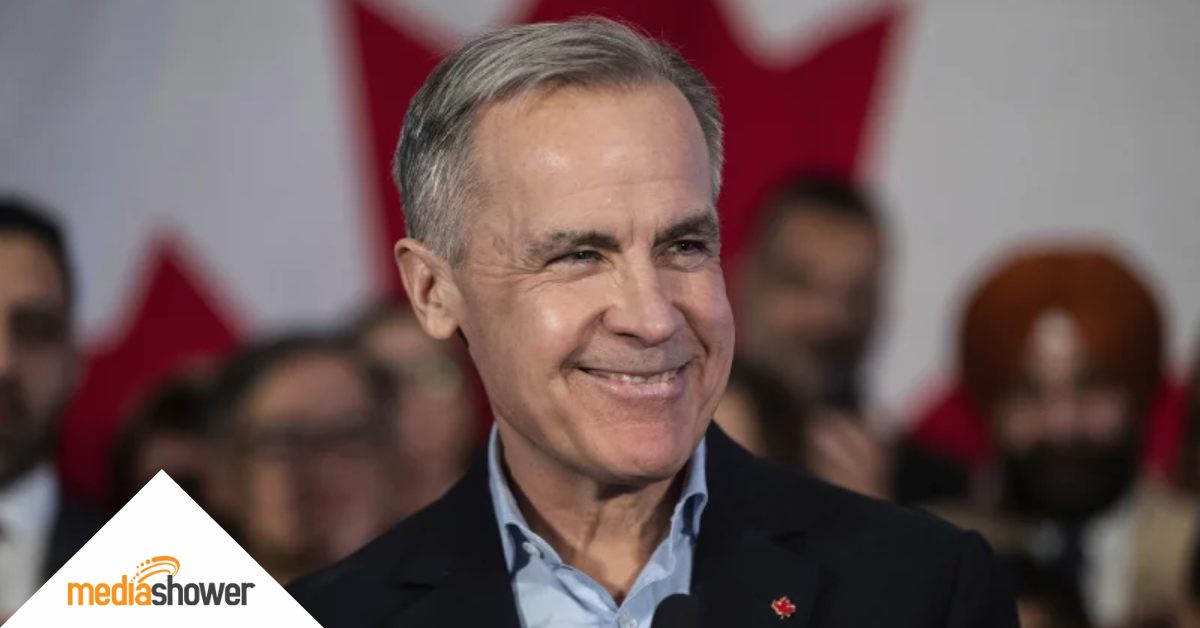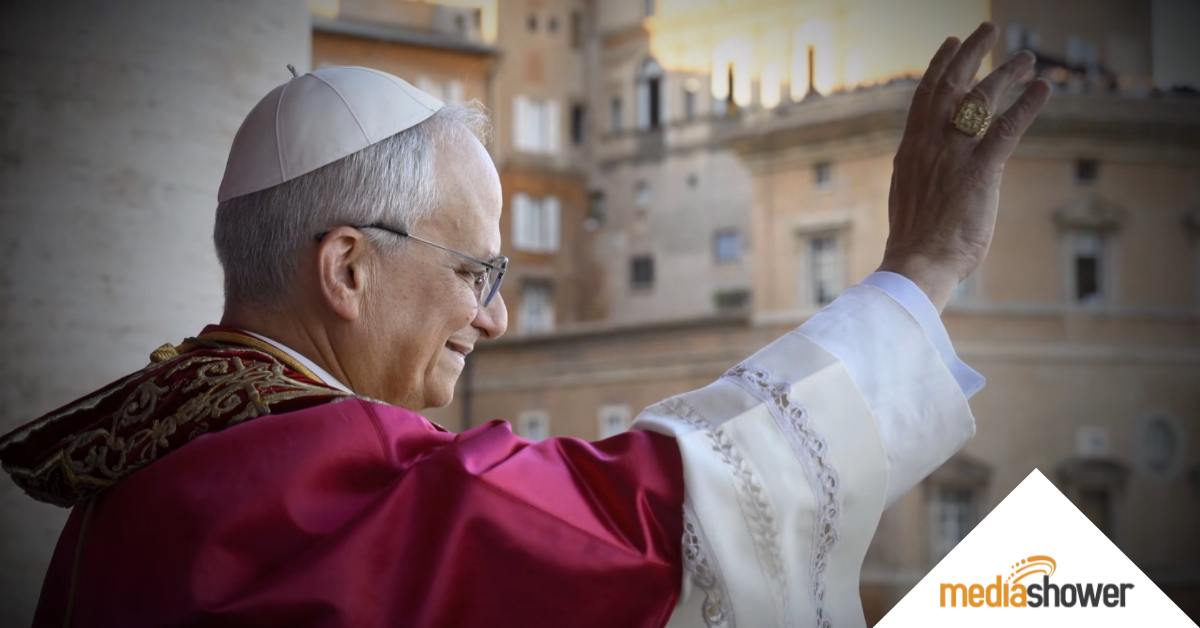
With the election of Pope Leo XIV, the Catholic Church has introduced a new global communicator. As the first American Pope, Leo steps into a role that requires more than theological authority. He must communicate across cultures, navigate deep divisions, and build trust in an age of constant scrutiny.
Today’s papacy functions like a global brand. It must inspire loyalty, maintain relevance, and speak clearly to a fragmented, often skeptical audience. For Pope Leo XIV, that means managing a complex blend of legacy, geography, and messaging—both past and present.
We’ve identified seven strategic communication challenges confronting the new Pope.
Pope Leo XIV’s first Urbi et Orbi address and apostolic blessing.
1. Balancing Local Identity with Global Reach
Pope Leo XIV is the first pontiff from the United States—a fact that immediately shapes how he is perceived. His American identity presents both opportunity and risk.
For some, it’s a chance to connect with a familiar cultural reference point. For others, particularly outside the U.S., it may raise concerns about political influence or national bias within a global institution.
The Vatican has long avoided appointing a Pope from a global superpower. Leo XIV’s nationality breaks that precedent.
Many feel that Leo was chosen because of his American ties and his ability to speak English, tools that might help him unite a divided Catholic population.
Others believe that he was chosen in protest of the Trump administration’s immigration policies, actions that both Leo and Pope Francis before him have publicly stated are contrary to Christian belief.
However, his decision to deliver his first public address in Italian, Spanish, and Latin—omitting English—may be a deliberate signal that his papacy is not about advancing American identity, but about leading a universal Church.
Interestingly, though, he chose to begin his first mass as Pope with an address to the audience of cardinals in English. This decision may signal an effort to acknowledge his roots while also broadening his reach.
Going forward, his communications will need to reflect a careful balance so his personal background enhances—rather than overshadows—his global leadership.
Beginning his first mass as Pope with remarks in English.
2. Speaking to a Divided Audience
Within the American Catholic Church, divisions run deep. Political polarization has bled into faith communities, creating distinct camps that often interpret Church teachings through competing ideological lenses.
This fragmentation presents one of Pope Leo XIV’s most immediate challenges.
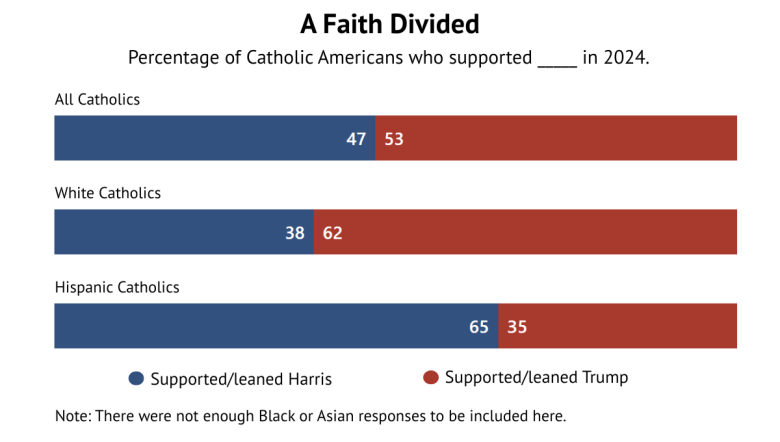
Leo’s background might position him as a bridge-builder, someone capable of understanding the nuances of American cultural divides. But that same proximity also raises expectations—and scrutiny.
If he emphasizes traditional teachings, he may alienate reform-minded Catholics. If he amplifies themes of inclusion and social justice, he risks backlash from more conservative groups.
The broader challenge is this: How does a leader unify an audience that sees itself in opposition? For Pope Leo XIV, success will depend on the clarity of his values and the ability to articulate a vision that transcends political categories.
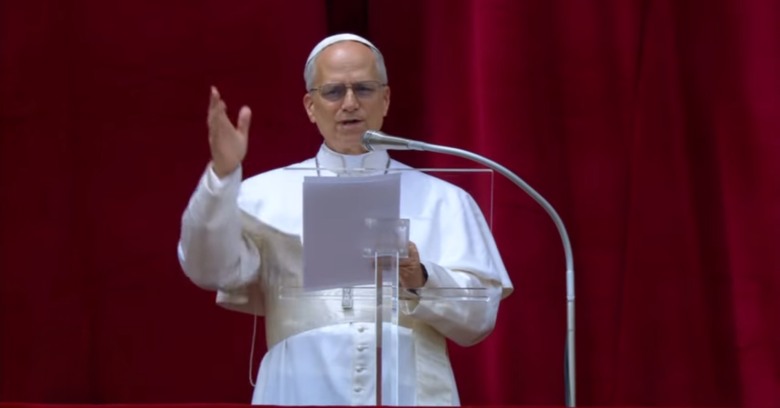
Calling for peace in Ukraine and Gaza
following the Regina Caeli (Heavenly Queen) prayer, Mother’s Day 2025.
3. Leading After a Transformational Figure
Pope Francis reshaped the modern papacy. His focus on humility, inclusivity, and global justice created a powerful personal brand that resonated far beyond traditional Church boundaries.
Now, Pope Leo XIV must follow that act.
The College of Cardinals made clear they wanted someone to continue Francis’s work—but not duplicate it. Leo XIV brings a different background to the role. He’s a trained canon lawyer, experienced administrator, and missionary priest with decades of service in Peru.
These strengths offer a new perspective, but his messaging must still reassure those who found hope in Francis’s leadership.
The difficulty lies in striking the right balance: honoring his predecessor’s vision while clearly establishing his own. He must craft a distinct voice, but one that carries forward the core priorities already in motion.
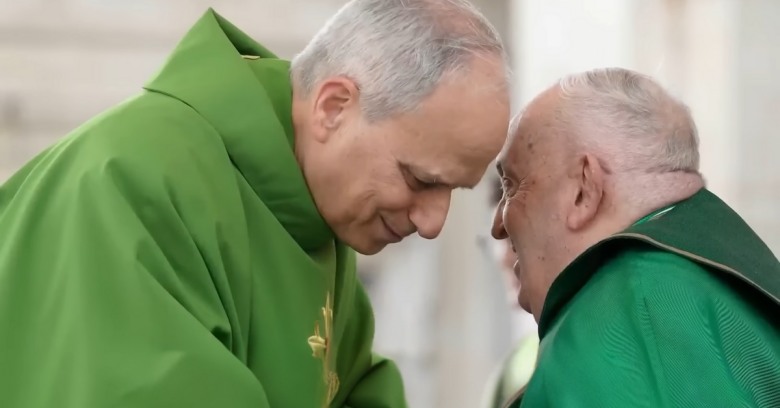
Leo had strong ties to Francis.
4. Reintroducing Faith to a Skeptical Market
The modern world is increasingly secular. In many regions, religious institutions face declining trust, shrinking attendance, and growing skepticism.
Even among Catholics, there is worldwide division on the church’s views on issues such as inclusivity, social justice, and the role of women in the church.
In his first Mass as Pope, Leo XIV directly addressed this climate, noting that many people see Christianity as outdated or irrelevant.
His call for a “missionary church” reflects an urgency to reconnect—to present the Church not just as a tradition, but as a living, responsive presence in people’s lives.
This will take more than doctrine. It will demand storytelling, outreach, and engagement strategies that resonate across generational and cultural divides.
Pope Leo XIV must find ways to break through indifference, not by changing what the Church stands for, but by rethinking how that message is delivered.
Communicating faith in the digital age means adapting timeless messages for new platforms, new languages, and new expectations.
“A lack of faith is often tragically accompanied by the loss of meaning in life, the neglect of mercy, appalling violations of human dignity, the crisis of the family and so many other wounds that afflict our society.”
5. Living Up to a Legacy
By choosing the name “Leo,” the new Pope aligned himself with one of the most socially influential pontiffs of the modern era: Leo XIII.
Leo XIII is best remembered for his 1891 encyclical Rerum Novarum on labor rights and economic justice during the Industrial Revolution. That document marked the Church’s formal entry into modern social teaching.
By referencing that legacy, Leo XIV set expectations that his papacy may also address urgent global challenges, like economic inequality, worker dignity, and technological change.
The challenge will be to communicate a vision that draws on that legacy without being confined by it—speaking to today’s realities with the same clarity and moral purpose, but in language and actions that resonate in a very different world.
His message will need to connect the Church’s social tradition to current issues in a way that feels relevant, grounded, and forward-looking.

6. Projecting Humility from a Position of Power
Leo XIV has built a reputation for humility and service. His years in Peru were marked by close work with the poor and an inclusive leadership style. Like Francis, he felt strongly about living simply. Those qualities have shaped how many view him.
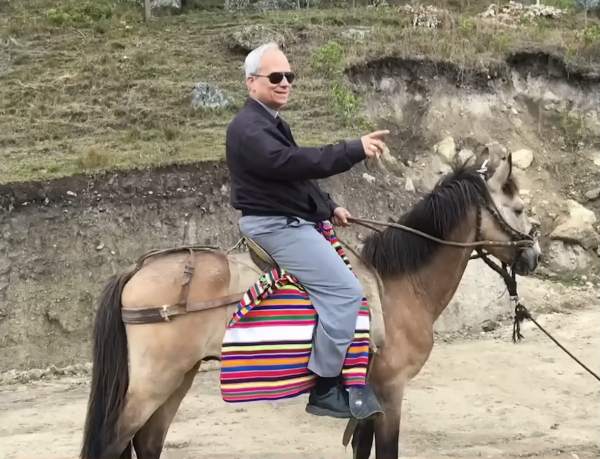
Father Robert Prevost as a missionary in Peru.
But the papacy is also a position of immense visibility and influence. Ceremonial roles, institutional authority, and global media attention can create distance between the leader and the people he serves.
Maintaining authenticity under that spotlight is a significant communication challenge.
Every action, tone, and gesture must reinforce the image of a leader grounded in service. The more visible the role, the more deliberate the messaging must become.
Pope Leo XIV’s success in this area will rest on his ability to remain accessible—without losing the dignity the office requires.
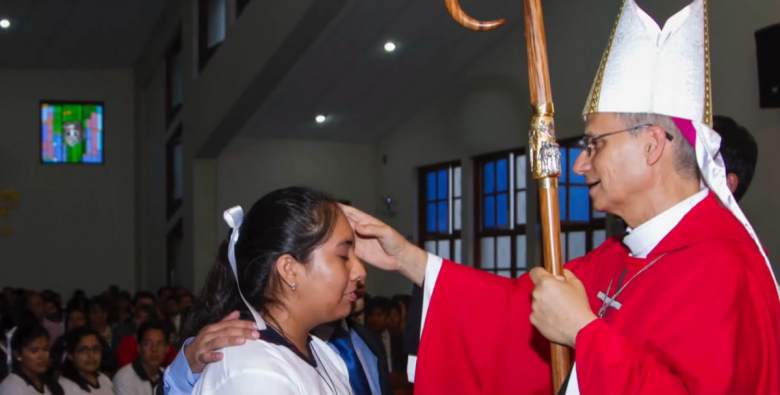
Bishop Prevost visiting a school in Peru.
7. Reconciling a Digital Past with a Global Role
Before his election, Cardinal Prevost maintained a personal Twitter account, @drprevost, for over a decade. His posts and reposts often reflected his values: concern for immigrants, rejection of racism, support for COVID-19 vaccines, and critiques of policies he viewed as unjust.
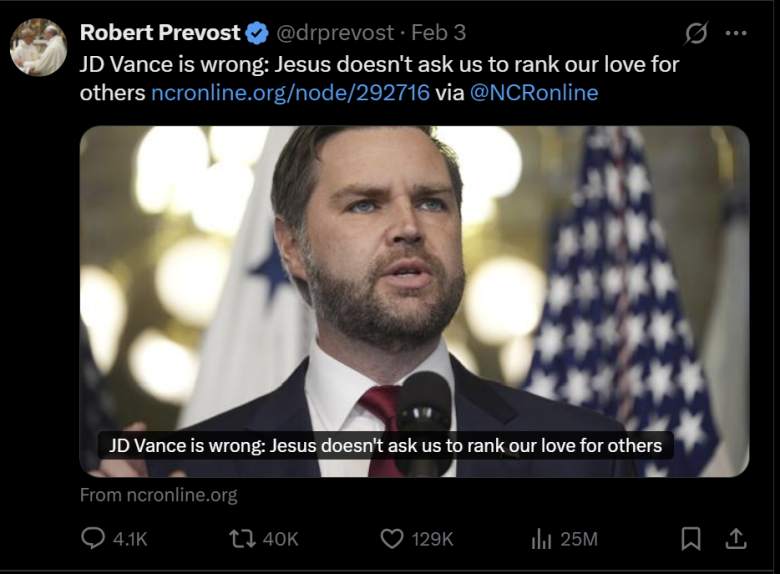
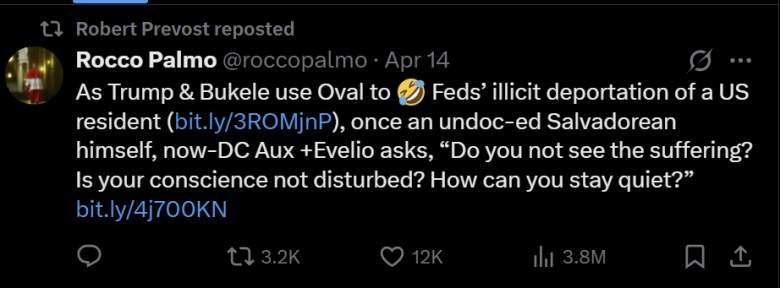


While measured and consistent with Catholic teaching, many of these posts addressed politically sensitive issues that put him at odds with much of his audience, particularly in America.
As Pope, his words will now be read differently. Every past post will be subject to new interpretation and potentially global reaction.
This is the reality of modern leadership. Public content lives forever. What once built credibility in one role may create complications in another.
For Pope Leo XIV, the challenge is not just managing future communications, but stewarding a public history that now carries new weight.
Every Message Matters
Pope Leo XIV steps into a role that’s shaped by tradition, watched by billions of people, and amplified by every platform. If he can communicate with clarity, humility, and purpose, he has a rare chance to guide the Church through a deeply fractured moment in history—and offer the world something it’s desperate for: a steady voice of peace.
“I think [this conclave] might be remembered as the conclave that had to deal with the breakdown of the world order. They elected a man who had a very strong message from the balcony of bringing peace to the earth.” – Papal biographer Austen Ivereigh
Marketer Takeaways
- Communicate local roots with global sensitivity. Cultural identity is an asset, but it must be framed with international relevance.
• Unite divided audiences through shared values. Avoid factional messaging and elevate common purpose.
• Handle leadership transitions with clarity and continuity. Communicate what’s enduring and what’s evolving.
• Adapt messaging to meet modern expectations. Translate traditional values into relevant narratives.
• Use symbolic assets strategically and authentically. Honor legacy without being bound by it.
• Reinforce leadership credibility through consistent behavior. Authenticity must be demonstrated, not declared.
• Treat every message as part of your brand’s legacy. Digital content is permanent. Publish with long-term purpose.
Media Shower’s AI marketing platform helps brands communicate with clarity, consistency, and credibility—in any context. Click here for a free trial.

